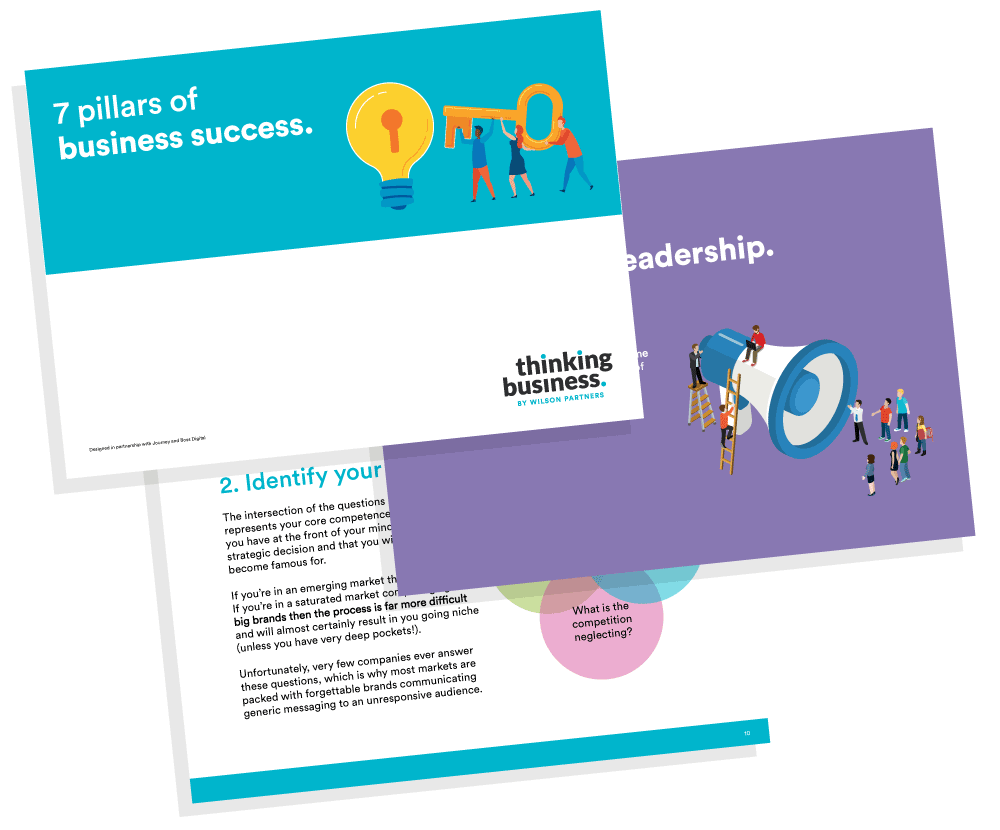
The R&D timeline vs project boundaries
To enable R&D professionals to be further educated on HMRC’s guidance around R&D tax reliefs, Wilson Partners produced the Learn R&D series.
We believe that spreading awareness of HMRC’S BEIS guidelines can help R&D professional sustain innovation, pursue development and advise their employers to invest in R&D projects that could potentially recover part of its costs and consequently extend the boundaries of science and/or technology in their prospective fields.
In general, it is commonly known that little spend is allocated to the start of the project and then then spend tends to ramp up towards the end of the project. As per HMRCs definition, compliant R&D activity can take place anywhere along the S-curve as long as the claimant is resolving scientific and/or technological issues.
A key factor in determining eligibility for R&D tax relief is the methodologies used to resolve the technical uncertainties and achieve the sought advancements. If these methodologies go beyond business-as-usual activities (i.e. fine tuning, debugging, calibration, routine maintenance, etc.), then these are eligible for R&D tax credits.
As an example, we have used the Waterfall project method and assuming a software development project allocated activities across the S-curve explained above showing which parts of the development R&D tax relief can potentially be claimed on.
Requirements
The knowledge required to set new software requirements is commonly available in the public domain. This includes functional, non-functional, domain, and UI/ UX requirements etc. Although the process of setting up software requirements can sometimes take a lot of time and effort from developers, and it is a key part of any R&D project (technically), from an R&D tax standpoint, as the methodology to specify software requirements is available in the public domain, HMRC would view this as non-compliant activity as per Paragraph 20 of the BEIS guidelines.
Design & Architecture
Software design and architecture focuses on how the newly developed software should be structured and organised, with emphasis mainly on the higher-level decisions and considerations. Fundamentally, the basic principles of software design and architecture remain the same (i.e, modularity, encapsulation, abstraction, etc). From an R&D tax relief standpoint, as per CIRD81960, design, development and testing activities that are needed to directly resolve the scientific or technological uncertainties are R&D and may be included, however analysis, design, development and testing that do not contribute to resolving scientific or technical uncertainties are not R&D and need to be excluded.
Development & Coding
Technical challenges can either be identified or anticipated during the previous two stages or during this stage of the R&D project. If the knowledge to resolve these challenges is not available in the public domain, then, businesses are entitled to claim R&D tax credits for the time and cost incurred to resolve these challenges and potentially push the boundaries of their prospective field as per Paragraphs 3, 6, and 9 of the BEIS guidelines. Looking into the ‘S-Curve’, this is also the point where the cost of the development starts to increase specifically if the development is being completed using a third-party subcontractor.
QA & Testing
Whilst developing QA tests is not a qualifying R&D activity as developing test procedures is not a technological advancement, businesses can still claim for the time and costs incurred to test their newly developed solutions if they are uncertain the newly developed products or processes would work as anticipated or not, this includes in-house and third-party testing.
Implementation
During the implementation process, multiple issues arise which can potentially instigate a R&D project. Examples include but are not limited to scalability, compatibility, and API integration issues. If these issues are new to the field, technical or scientific, and deducible methodologies were not sufficient to resolve them, then businesses are entitled to claim R&D tax credits for the time and cost incurred to resolve these challenges and potentially push the boundaries of their prospective field as per Paragraphs 3, 6, and 9 of the BEIS guidelines.
Maintenance & Support
Once the end-product is commercially available for users, maintenance and support is considered a business-as-usual process as the competent professionals would use the knowledge, they have already gained during the development stage in addition to their acquired knowledge prior to undertaking the work to maintain and support other products. However, there are multiple instances where a problem would occur and the knowledge to resolve it is not available in the public domain which can then lead to launching a new R&D project eligible for R&D tax credits.
Technically, the R&D timeline includes all the activities undertaken within an R&D project including the stages where minimal hands-on development takes place. HMRC defines the project boundaries as the time undertaken to resolve the technical and scientific challenges using non-deducible methods. Whilst this might not cover the whole R&D project period, it does cover the periods where the highest expenditure potentially takes place and where a business is more likely to work with third-party subcontractors or spend a significant amount of time resolving technical challenges.
J. Billingsley, “Research & Development Project Management Workbook”, Learning & Development IMechE, 2022
Event
Webinar – Changes to the UK Trust Registration Service, May ’22
A short webinar and Q&A session with our Trust specialists Jodie Green and Sara Pedrotti. You can view the video and download the presentation here.

Download our free guide to the 7 pillars of business success
Read our free guide what you need to focus on to help you make better decisions and achieve your goals quicker.
Please complete our form to download the guide.
Sign up to receive alerts
Call us on 01628 770 770 for a no-obligation chat
You may also be interested in...
Meet the team in 90 seconds – Lesley Kibble
Introduce yourself Hi, I'm Lesley, outside of work I love to travel with my partner Lee and visit new places. I recently returned from Krakow, Poland…
Seeking investment: Getting your business fit for investment
Get your house in order before seeking finance, and you may not need it! Before looking for capital from external sources, it is paramount to ensure…
Meet the team in 90 seconds – Tom Bradbury
Introduce yourself Hi, I'm Tom and I am a Director in the Corporate Finance Team here at Wilson Partners. I started my career and did my training…




